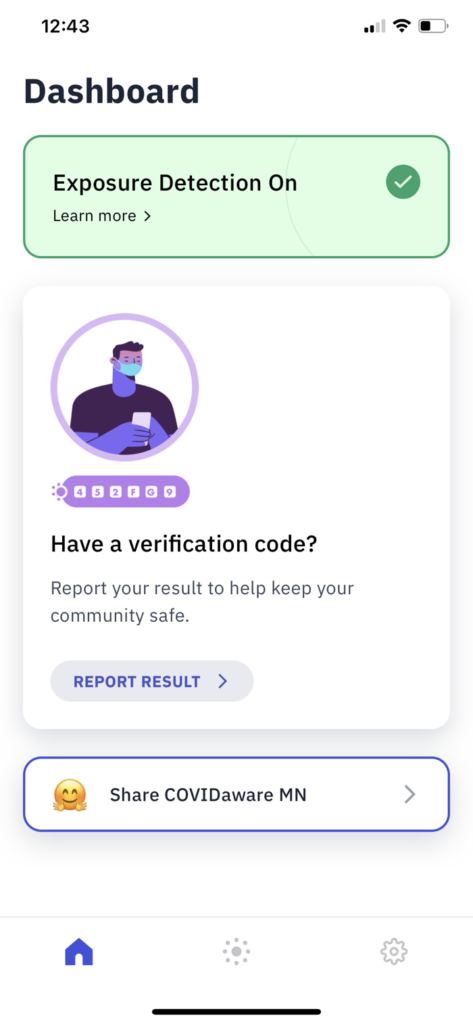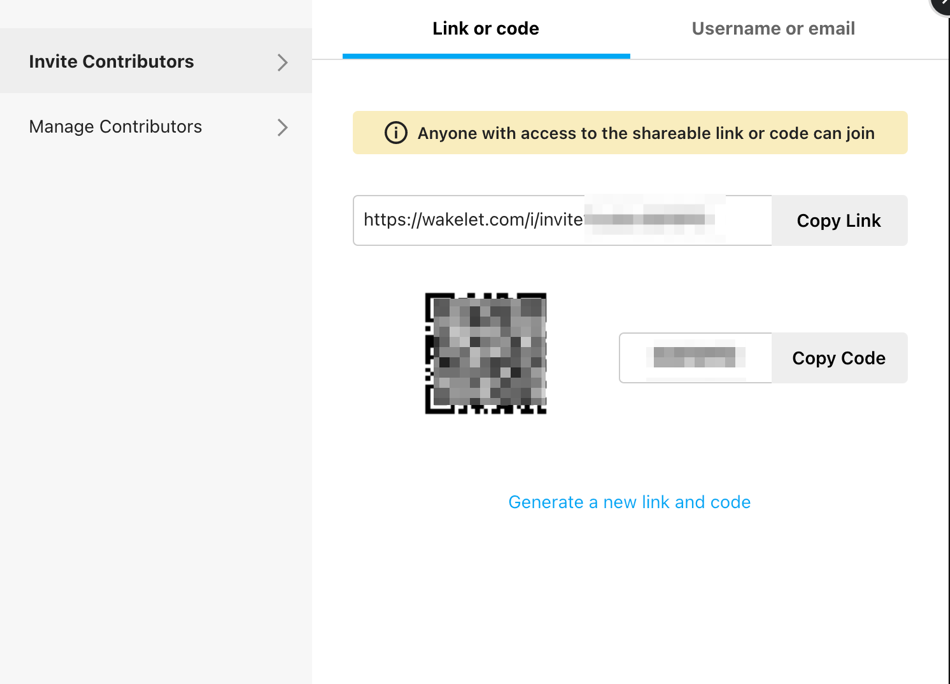The potential of teaching to learn is intriguing. Those of us who teach are likely to find the claim that teaching involves learning to make sense. To explain something to someone else, particularly someone who might require clarification and examples, requires a level of understanding that goes beyond basic knowledge storage. Teaching to learn has been promoted as a benefit of tutoring and this was my first exposure to the research on the topic. I was interested in Keller’s PSI method of teaching for mastery and this method makes use of tutors. Perhaps to justify college’s granting credit for serving as tutors and thus providing free labor, the benefits of tutoring were studied and demonstrated. When I ran PSI courses, I use to claim that tutoring for the PSI Introduction to Psychology course was great preparation for the GRE speciality exam in Psychology.
If one expands the notion of teaching to learn to allow teaching by video or written tutorials, you might see how technology might come into play. First, there is research that shows that preparation to teach even if one does not engage with learners in providing instruction. Writing to learn (writing across the curriculum) is another opportunity for teaching via written content and also has proven benefits.
I have an existing description of Teaching to Learn in my Participatory Learning resource for educators. A recent research study on teaching to learn caught my attention and is the basis for this post.
Researchers are interested in understanding why teaching to learn is effective out of scientific curiosity and perhaps as a way to make certain applications emphasize the mechanism or mechanisms that are part of teaching that improve learning and understanding. In the studies I have just reviewed three possible mechanisms were considered:
- Retrieval practice – active attempts to recall has been proven to be more effective than continued study behavior and is usually associated with open-ended test-like events. However, to use knowledge in any way requires that it be retrieved and teaching would require retrieval.
- Metacognitive activity – attempting to use information can involve a way to determine if that information is actually understood. Should one determine that what was assumed to be understood is not understood, remedial action can be taken to improve understanding.
- Generative activity – activities that go beyond storage – inferencing, generation of possible applications, paraphrasing may lead to better retention and understanding.
Lachner, et. al (2020) were interested when during the learning process the activity of explaining (their term for teaching) would be most effective. Should asking students for an explanation wait until a body of material was initially processed or should explanations be embedded during the study of a content. Their research was not based on what educators might describe as a unit, but it did involve a body of content that could be divided into a couple of topics. One thing that caught my attention in the methodology (Study 1) was asking learners (college students) to offer an explanation as a video (students were in a room by themselves). I imagined using a product such as FlipGrid for classroom educators to collect video explanations from multiple students. The researchers did seem to suggest that written explanations were better (Study 2), but they did find significant effects with student generated video explanations.
Koh and colleagues contrasted a teaching from group, a teaching from a transcript group, a recall group (retrieval practice), and a control group finding that all treatment group exceeded the control group and the teaching from recall group and the recall group were superior to the teaching from a transcript. These researchers explained the outcomes as evidence for retrieval practice using the difference between the two teaching groups as the basis for this conclusion. This seems reasonable, but teaching from a transcript you did not have to invest cognitive processing to prepare seems a weak implementation of what goes into teaching/explaining.
Some ideas – this body of research (see my link above as well as the reference sections for the two studies cited here) indicates that teaching/tutoring are productive learning activities. Why this is the case still seems unclear. The two recent studies do not involve actual engagement with peers which ignores a different type of generative explanation from one involving preparation only. The Lachner and colleagues study would seem consistent with some of the approaches I encourage in my description of layering services for the study of online content. Many of these layering techniques involve cognitive tasks embedded in exposure to content which could be similar to the explaining activities during initial learning rather than at the conclusion of exposure to new information. Recording explanations works as an explanation and asking for an audio summary from multiple students would be a great use of FlipGrid. Written explanations offer the best asynchronous explanations.
Lachner, A., Backfisch, I., Hoogerheide, V., van Gog, T., & Renkl, A. (2020). Timing matters! Explaining between study phases enhances students’ learning. Journal of Educational Psychology, 112(4), 841.
Koh, A. W. L., Lee, S. C., & Lim, S. W. H. (2018). The learning benefits of teaching: A retrieval practice hypothesis. Applied Cognitive Psychology, 32(3), 401-410.







You must be logged in to post a comment.